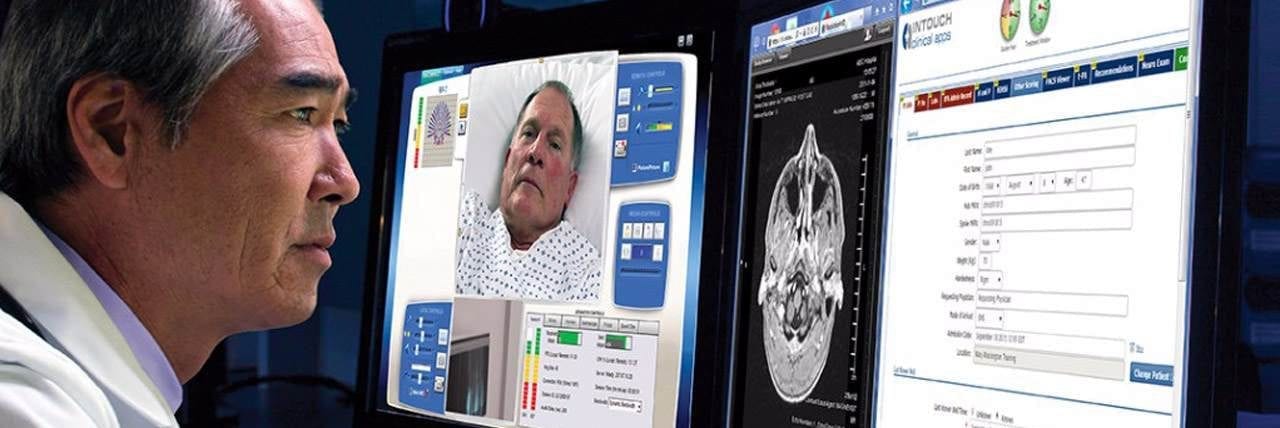Stroke Telehealth Services Give Hospitals Quick Remote Access to Neurological Specialists for Faster Diagnosis and Comprehensive Treatment of Stroke Victims
ATLANTA—September 14, 2015—Eagle Telemedicine, an independent, physician-led company that develops and manages inpatient telemedicine practices for hospitals, has seen tremendous growth in stroke telehealth services which is helping improve the performance of hospital staff engaged in the care of patients who suffer from stroke and stroke-related conditions and diseases.
“As a pioneer of the telemedicine industry, we have spent the past five years honing our practice model to serve particular settings and specialties like neurological care,” said Talbot “Mac” McCormick, MD, President and Chief Executive Officer of Eagle Telemedicine. “Our hospital clients are achieving real breakthroughs in diagnosing and treating patients with telemedicine stroke care through 24×7 access to offsite neurology telemedicine specialists via cutting edge technology.”
New breakthroughs in care through faster access
According to Dr. McCormick, Eagle’s TeleStroke programs help hospitals:
- Treat more people with telehealth for stroke patients;
- Respond more quickly with an expert diagnosis and appropriate treatment;
- Provide specialized care in the ICU and other treatment units.
“Because speed is of the essence in diagnosis and treatment of stroke victims, more hospitals are turning to telemedicine to save valuable seconds bringing neurological expertise to the patient’s bedside,” he said. “In many settings, our neuro response times to consult requests are under seven minutes. Especially in rural community hospitals, quick response like this from a specialist onsite is often just not possible.”
Because it is often not practical for rural community hospitals to employ neurology telemedicine specialists full-time, stroke telehealth services enable them to provide expert care to stroke patients whenever they need it.

Physician-recognized Benefits
The Centers for Disease Control and Prevention (CDC) report that every year, more than 795,000 people in the U.S. suffer from stroke, a leading cause of death and serious long-term disability. The good news is that stroke deaths have declined dramatically in recent decades due to improved treatment and prevention, according to American Heart Association (AHA) and American Stroke Association (ASA) studies.
Although the role of TeleStroke care as a primary contributor to declining stroke mortality has not been documented yet in clinical research, the AHA and ASA recognize its value in helping determine proper courses of treatment and in achieving positive outcomes in dedicated stroke units.
“Physicians also appreciate its role in preventing the frequent transfer of patients from hospital to hospital to find appropriate care,” said McCormick. “With TeleNeurologists available 24×7 via live video conference to provide expertise and collaboration with local teams, we are opening the door to a whole new treatment specialty for many community hospitals,” McCormick said.